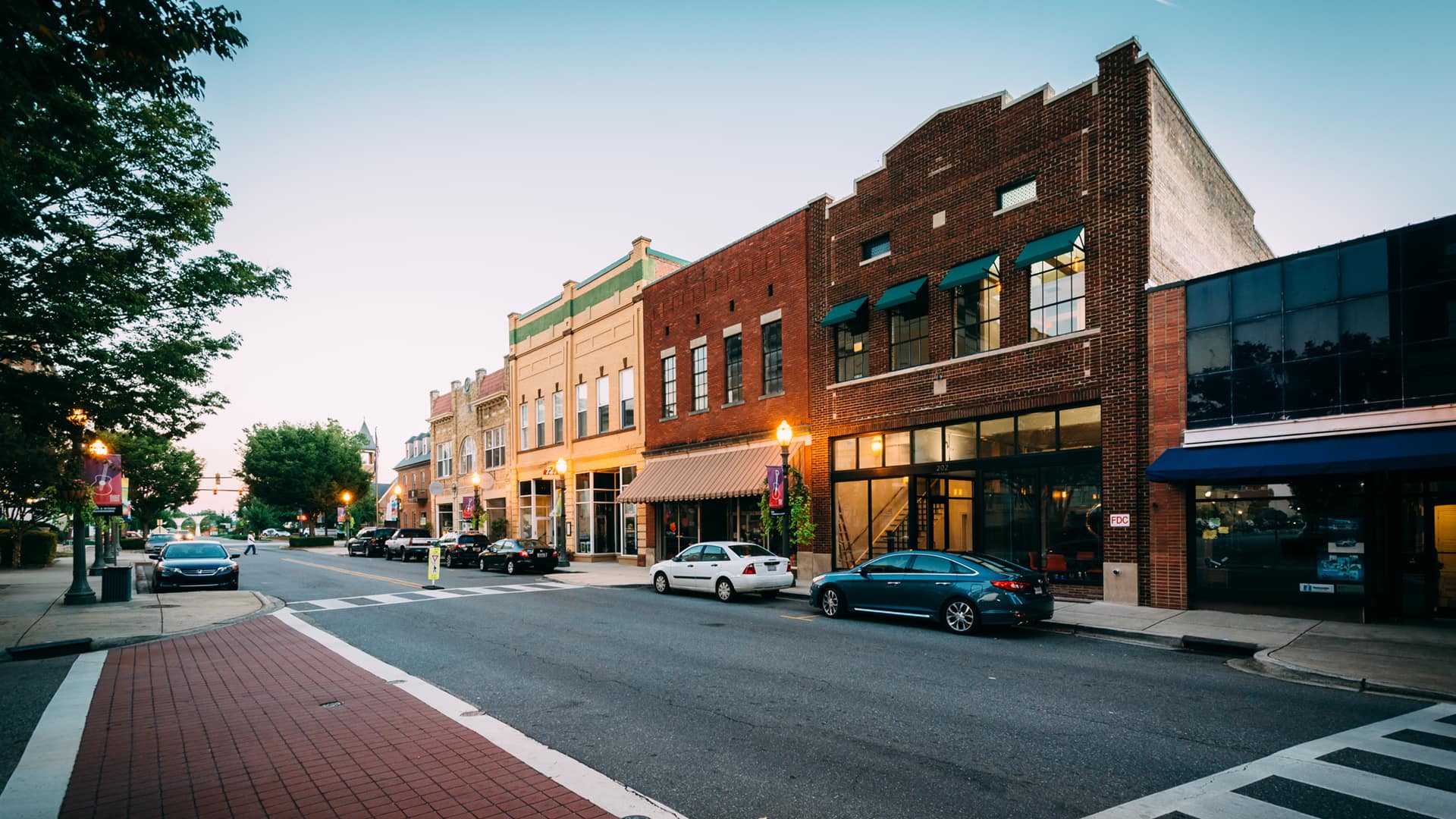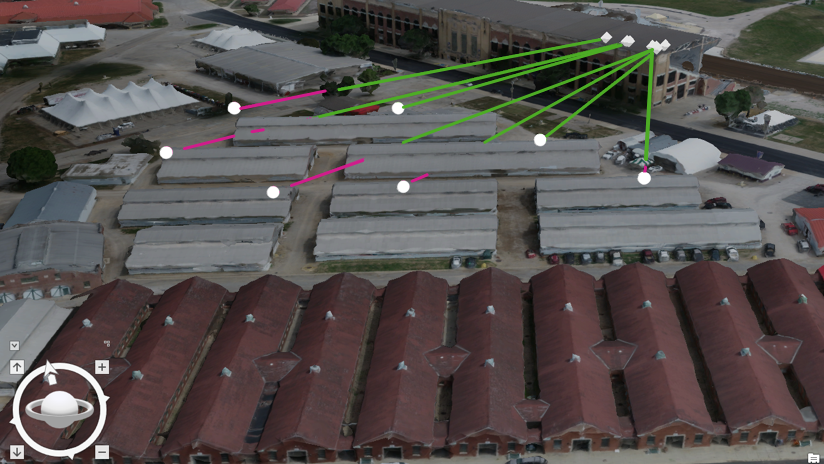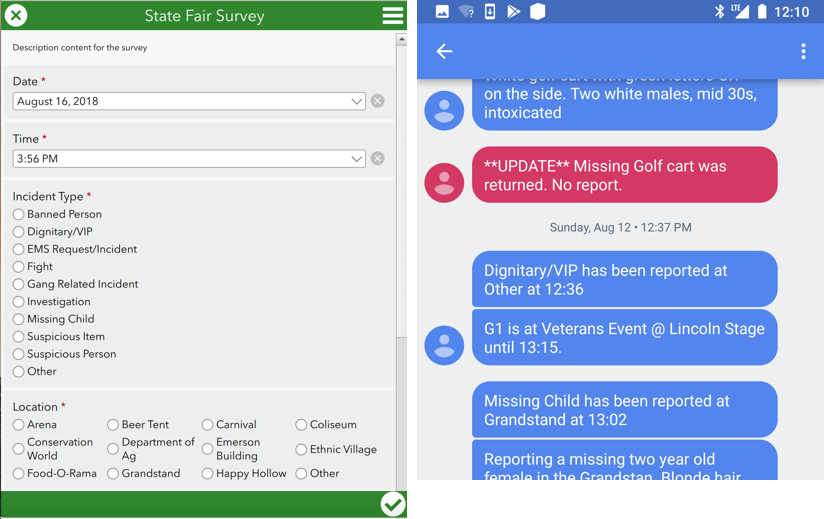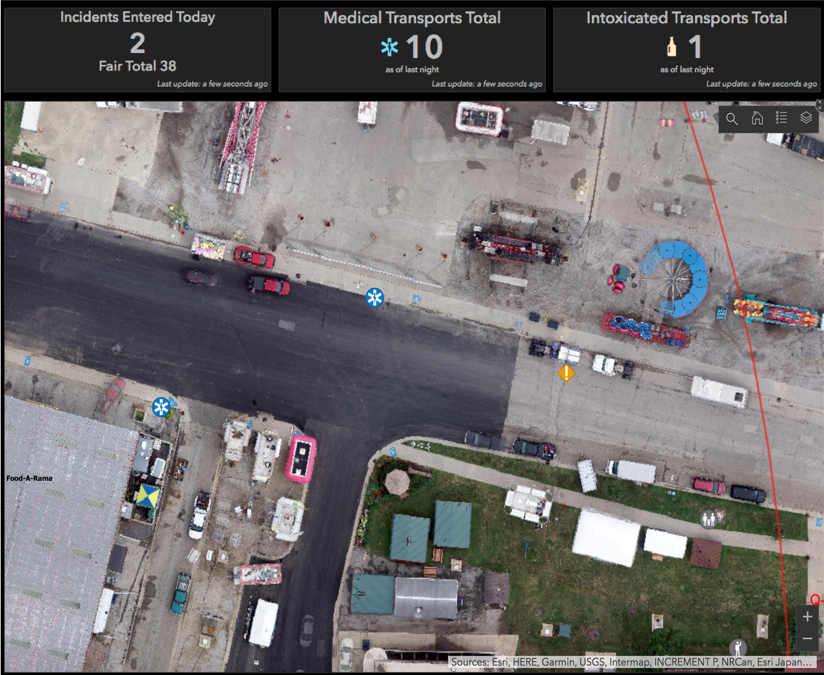

November 1, 2018

It seems no one is immune to hostile and confrontational comments from internet trolls—not even the police. Like many law enforcement agencies, the Illinois State Police deals with trolls who try to provoke individual troopers and the entire organization.
When one troll, well-known for threats against police, posted on social media sites about plans to attend the Illinois State Fair, a text alert went out to all troopers working the event.
“A couple days into the fair, a trooper saw somebody acting suspiciously outside the fairgrounds,” said Nicholas Gray, disaster intelligence officer at the Illinois fusion center, named the Statewide Terrorism and Intelligence Center (STIC). “We quickly identified this man based on the notification and photo that was entered into the dashboard earlier in the week.”
The new app-based approach helped the Illinois State Police reduce known risks, as in the case of the threatening internet troll. The police are increasingly using apps in addition to their traditional radios, as a key means of communication for event security. During large public events, officers spend a lot of time identifying and restricting entry of people caught fighting, brandishing weapons, passing counterfeit money, drinking alcohol underage, and committing other illegal or disruptive offenses.
“We don’t normally put intel out on the radio,” said State Fair Safety Commander, Lieutenant J. W. Price of the Illinois State Police. “Instead, we would have a photo hanging on the wall at headquarters. With the app, we could push intel out to troopers.”
Apps with photo and text alerts ensure that all troopers have access to shared intelligence. Adding a real-time map, with incident and trooper locations, helps them coordinate efforts much more effectively.

Training Opportunity
The Illinois State Police have a long history of managing security at the State Fair. The State Police Academy was located on the fairgrounds from 1922 to 1968, and rookie officers still often get their first experience working in uniform at the event.
The 11-day State Fair provides a good training ground for officers and new operational approaches. It attracts more than 30,000 attendees each day, with a lot of VIPs, including national political candidates. The fair also has a lot of areas that need security including livestock competitions, horse and auto races, parades, a carnival, events such as tractor pulls and the demolition derby, as well as rock, pop, and country concerts.
“It has all the complexities of a multi-day event,” said Lieutenant Price. “It’s also outdoors, so you’ve got the weather to deal with.”
Because the Illinois State Police have been handling security for the State Fair for so long, they typically dust off the standard binder, change the name of the governor (if applicable), update the layout and the schedule, and do what they’ve always done. After witnessing the advantage other agencies have gained managing event security using real-time systems, they decided on an apps-based strategy.
“We thought we could bring some efficiencies and some clarity to what people are doing,” said Aaron Kustermann, Chief Intelligence Officer for the Illinois State Police. “We also thought it would be a good place to experiment where we control the facility and access to information, so we can try new ideas and new tools.”

Putting Technology to the Test
While the Illinois State Police have deployed tracking and some mobile applications in the past, this was the first time they had a map-based view of troopers who were collecting and sharing information in real time.
The Illinois State Police teamed with Verizon Wireless to ensure adequate connectivity to underpin this real-time capability. Verizon provided 50 smartphones and dedicated bandwidth through its Responder Private Core program, ensuring that responders have connectivity even when everyone at the event is using their phone at the same time.
Ticket operators at each of the entry gates, and the EMS teams from the local Springfield Fire Department, also had phones with the real-time system.

“When there was a call for service, such as a medical emergency or other incident, we could look at the screen and see the closest trooper or EMS team,” Price said. “We got a much quicker response time versus just calling who was assigned to a patrol area.”
Testing and updating the system was top-of-mind during the event.
“We made it clear to everyone that if there were issues or suggestions to let us know right away,” Gray said.
“We changed the interface as the week went on,” Price said. “I would call to add this or delete that. There are still improvements that we could make, but I saw a lot of positive outcomes.”
In the past, generating reports was a time-consuming manual task. With the apps, the flow of data automatically generated instant reports and an end-of-day incident tally.
Given the ease of trooper adoption, and the improved workflows, the Illinois State Police are looking to roll out a real-time system for daily tasks and deeper investigations.
“Our agency has a leadership role during complex operations related to sensitive and unsolved murders, missing persons, and manhunts,” Kustermann said. “We learned a lot about deploying applications, and it’s definitely going to be part of the way we run criminal cases in the future.”
This development was made possible through partnerships with the Illinois Terrorism Task Force, the Illinois Law Enforcement Executive Institute Administration at Western Illinois University, and the State of Illinois Department of Innovation and Technology.
Explore the many ways that GIS supports public safety with smarter situational awareness.


